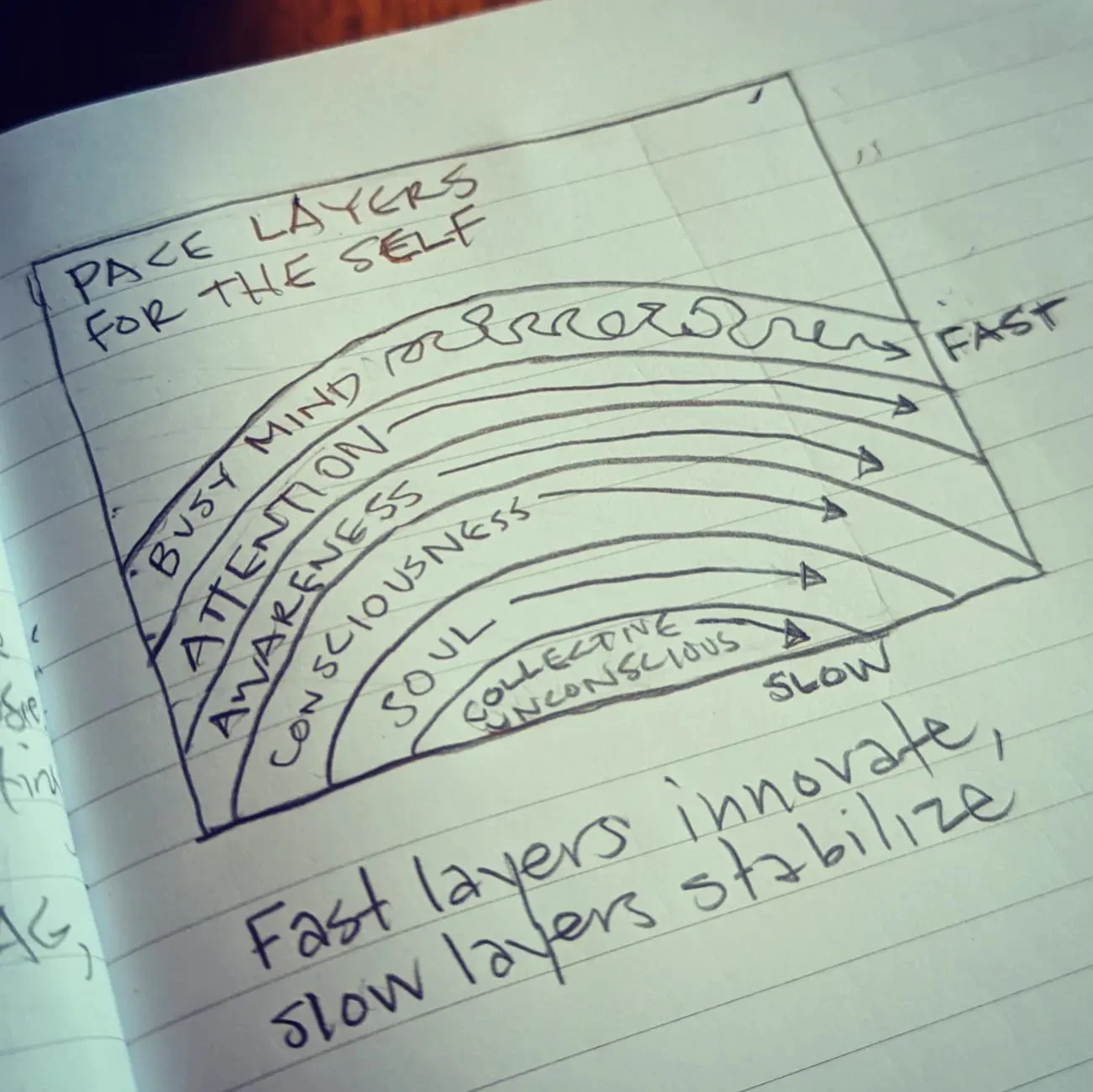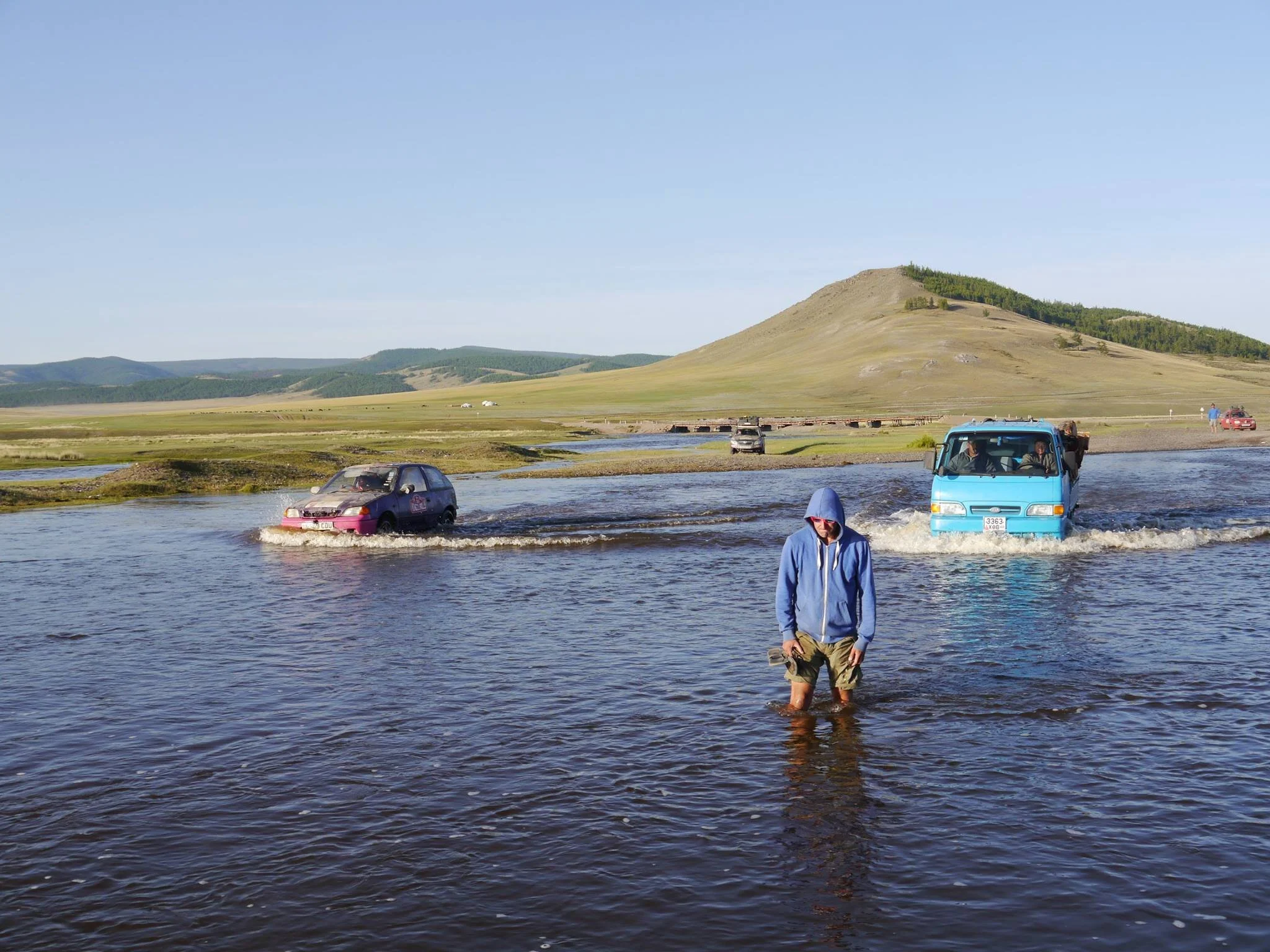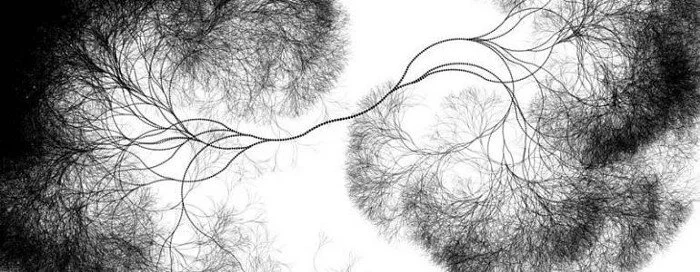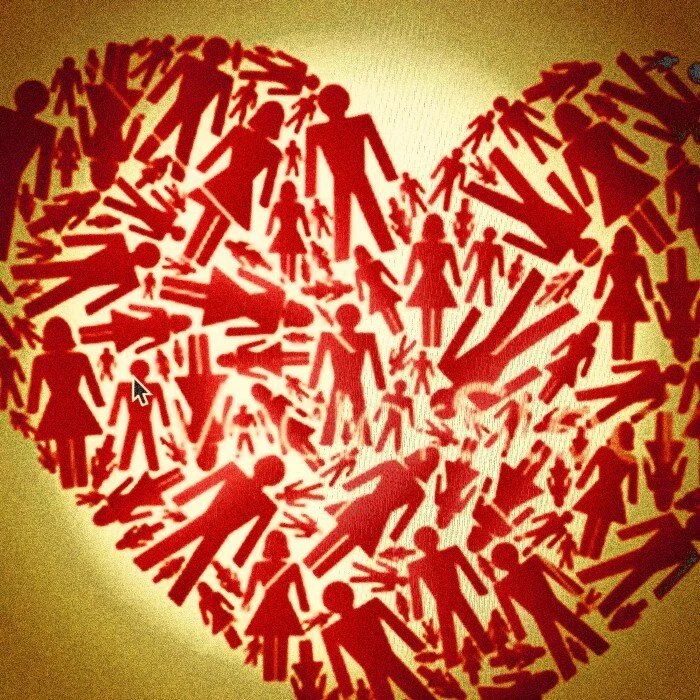Behind My Chronic Professional Burnout: Alexithymia
Alexithymia, a neurodevelopmental condition that causes difficulty in identifying and describing emotions, has long been considered a trait of autism. But recent research has suggested that it’s actually a distinct condition that affects perhaps one in ten neurotypical people and around 40% of people with ADHD, and an estimated 50–60% of autistic people. The three foundational traits of alexithymia include difficulty identifying emotions, difficulty describing feelings, and an externally-oriented thinking style.
Reassembling oneself after loss
Reassembling oneself after loss: I think about the repair of tapestries, when chunks of the design are so worn away that a simple repair won't do. When the fabric weakens and tears or falls apart. A tapestry contains a narrative, sometimes metaphoric or coded, and time and environment can erode the integrity of the whole.
We are meaning-making beings, and damage is unavoidable. In tapestries and carpets, age and wear are part of the value and repair is seen as an art. So I'm thinking about life as tapestry: I can carefully re-tie the cords and weave meaning anew.
Pace Layers of the self
Pace layers were conceived of by Stewart Brand and Brian Eno in 1996 as a way to describe the stability and evolution of complex systems: "Fast learns, slow remembers. Fast proposes, slow disposes. Fast is discontinuous, slow is continuous. Fast gets all our attention, slow has all the power."
Instead of breaking under stress like something brittle, systems with pace layers yield as if they are soft. My own self's pace layers allow me to rebuild my self with more resilience and to unwind some chronic trauma patterns, to become less brittle.
Agile as a path to your life dreams
My work is “Agile-inspired,” based on my years of experience in software companies as a user experience designer. I have adopted the tools and practices which I feel best fit with the process of human change and realizing dreams.
Being agile means partitioning work into iterations that help break down big goals and desires into concrete steps, and being able to respond to situations and variables as they arise without getting derailed or without losing a sense of progress. Agile is flexible enough to permit adaptation to your very specific, personal reality.
Story mapping instead of to-do lists
A flat “task backlog,” or to-do list: I see a tree where the trunk is built from the goals or desired benefits that make up the dream. The big branches are high-level desires, the small branches and twigs are the details, then finally the leaves are the individual tasks that need to happen to make the change come about. After all that work envisioning the dream, often we pull all the leaves off the tree and load them into a leaf bag (our to-do list) – then cut down the tree. The tasks become a bag of context-free mulch and usually feel unsatisfying.
Design Thinking
Design thinking is a human-centered approach to innovation that integrates dreams and desires, the total possibilities one can feasibly draw from, and real-world requirements (such as finances and logistics).
2016 MONGOL RALLY
The Mongol Rally taught me in the best possible way that you can't go it alone, and that the best approach to problems is resilience and to remember to not take things personally. The hardest experiences can also give the best life lessons. (Originally published on my portfolio site in 2016)
The hardest part about the Mongol Rally isn’t the physical distance
People are so much harder for me than anything else. I want to trust my teammates, and I’m having an uneven time if it. Ask me to drive an underpowered car 10,000 miles across the roadless wilds of Central Asia? Sure! Ask me to trust, and even love, my teammates? I’ll be under the bed, chewing out all my fur. (Originally published on Medium on Mar 20, 2016)
Small goals
Starting small is the ONLY way anything happens because nothing happens all at once. It is physically impossible to complete something at the same time as you begin it. Step by step… the important thing is to start somewhere. (Originally published on Medium on Dec 11, 2016)
Neuron tangles
Stories are the oldest form of human communication, and they shape our reality. These days, we have a lot of societal stories of division, of us-vs-them, and of no-one-will-take-care-of-me-but-myself. That’s anxiety-producing, and activates the primitive angry part of the brain. The capacity to emphasize the negative rather than the positive most likely is an evolutionary phenomenon; from our earliest beginnings being aware of and avoiding danger has been a critical survival skill. (Originally published on Medium on Dec 11, 2016)
How to go the distance, stay motivated, and reach towards happiness
What I know about decision-making and taking the leap is that taking action helps momentum, and thinking about taking action causes inertia. Research shows that we have complimentary brain systems that are either thinking or doing. If you stay in thinking mode, you will get caught up in a life of inaction. (Originally published on Medium, Feb 9 2018)
Pieces of my heart
If you remove time from the equation of the heart, then I love you now and always, and time becomes immaterial. Even if time took my body and my mind away from you, even if the kaleidoscope of the imperfections of being human occluded my view of you, even if I never get to see you again, the space you made in my heart lives on, outside of time. (Originally posted on Medium, Dec 11 2016)











